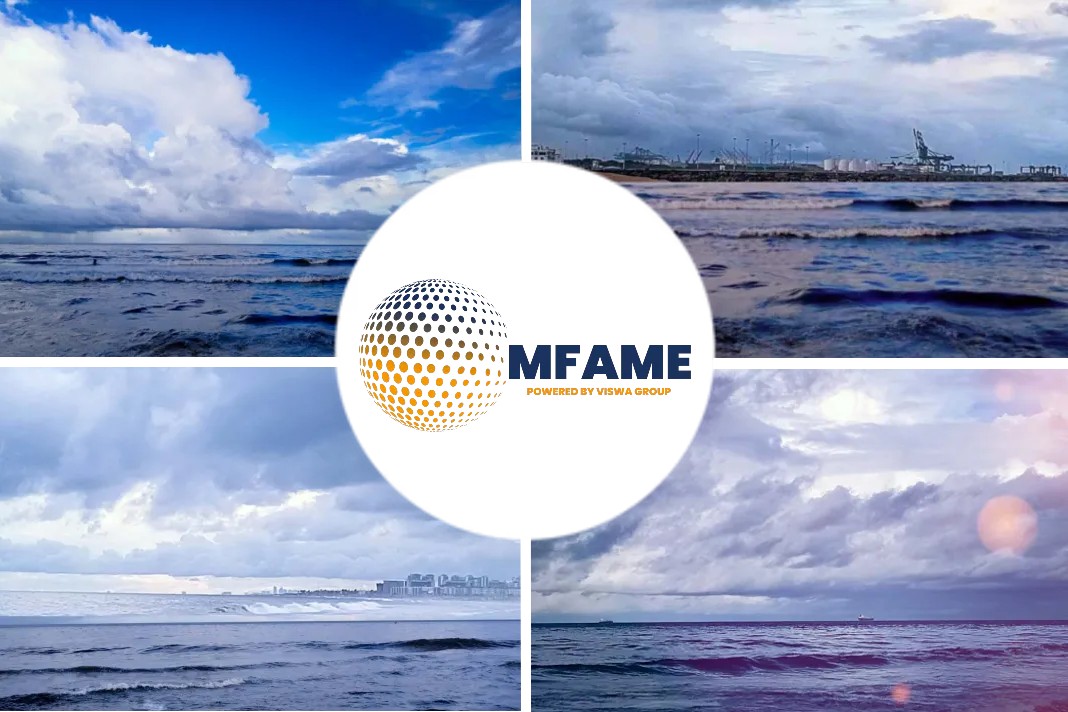Long-distance cargo ships lose a significant amount of energy due to fluid friction, reports the Phys.org.
Looking to the drag reduction mechanisms employed by aquatic life can provide inspiration on how to improve efficiency.
Fish and seaweed secrete a layer of mucus to create a slippery surface, reducing their friction as they travel through water.
A potential way to mimic this is by creating lubricant-infused surfaces covered with cavities.
As the cavities are continuously filled with the lubricant, a layer is formed over the surface.
How this reduces the drag?
Though this method has previously been shown to work, reducing drag by up to 18%, the underlying physics is not fully understood. In the journal Physics of Fluids, researchers from the Korea Advanced Institute of Science and Technology and Pohang University of Science and Technology conducted simulations of this process to help explain the effects.
The group looked at the average speed of a cargo ship with realistic material properties and simulated how it behaves under various lubrication setups. Specifically, they monitored the effects of the open area of the lubricant-filled cavities, as well as the thickness of the cavity lids.
They found that for larger open areas, the lubricant spreads more than it does with smaller open areas, leading to a slipperier surface. On the other hand, the lid thickness does not have much of an effect on the slip, though a thicker lid does create a thicker lubricant buildup layer.
“Our investigation of the hydrodynamics of a lubricant layer and how it results in drag reduction with a slippery surface in a basic configuration has provided significant insight into the benefits of a lubricant-infused surface,” said Hyung Jin Sung, an author on the paper.
Now that they have worked on optimizing the lubricant secretion design, the authors hope it can be implemented in real-life marine vehicles.
“If the present design parameters are adopted, the drag reduction rate will increase significantly,” Sung said.
Did you subscribe to our daily newsletter?
It’s Free! Click here to Subscribe!
Source: Phys.org
























